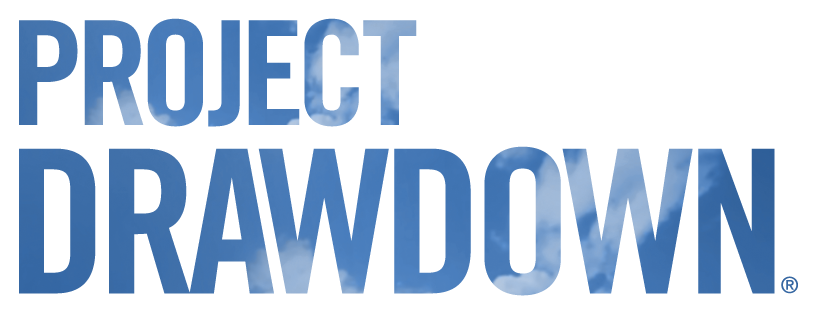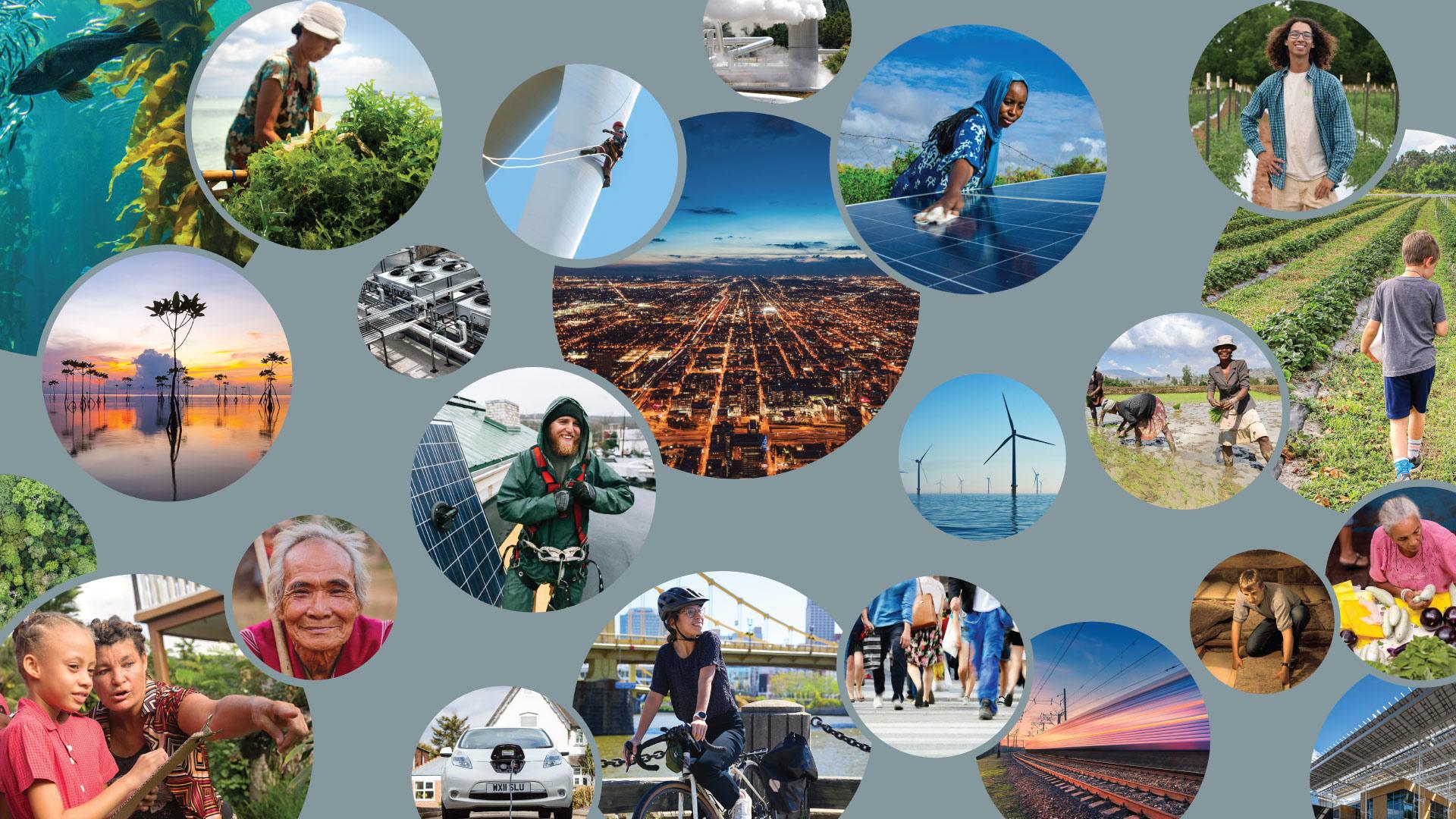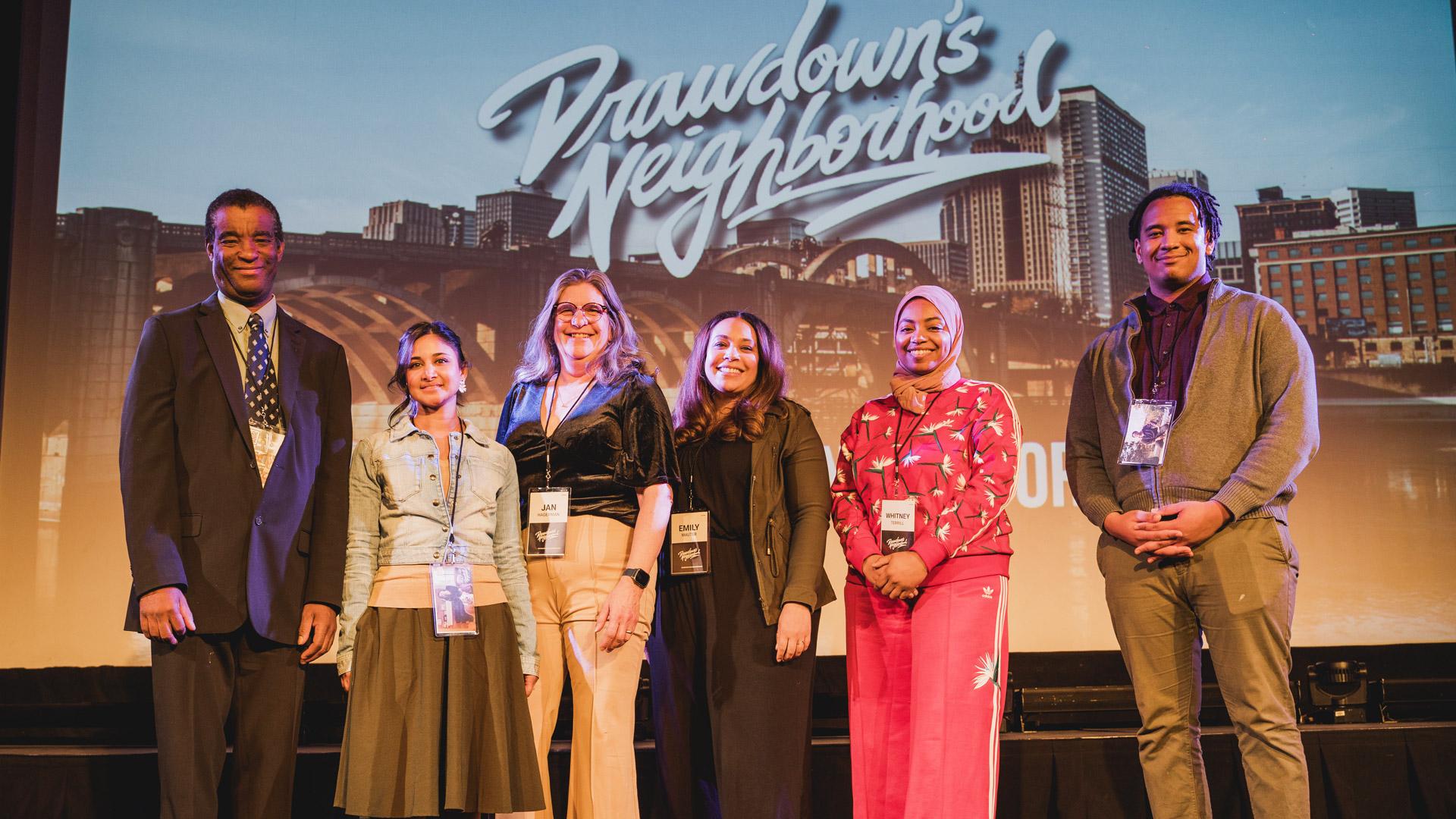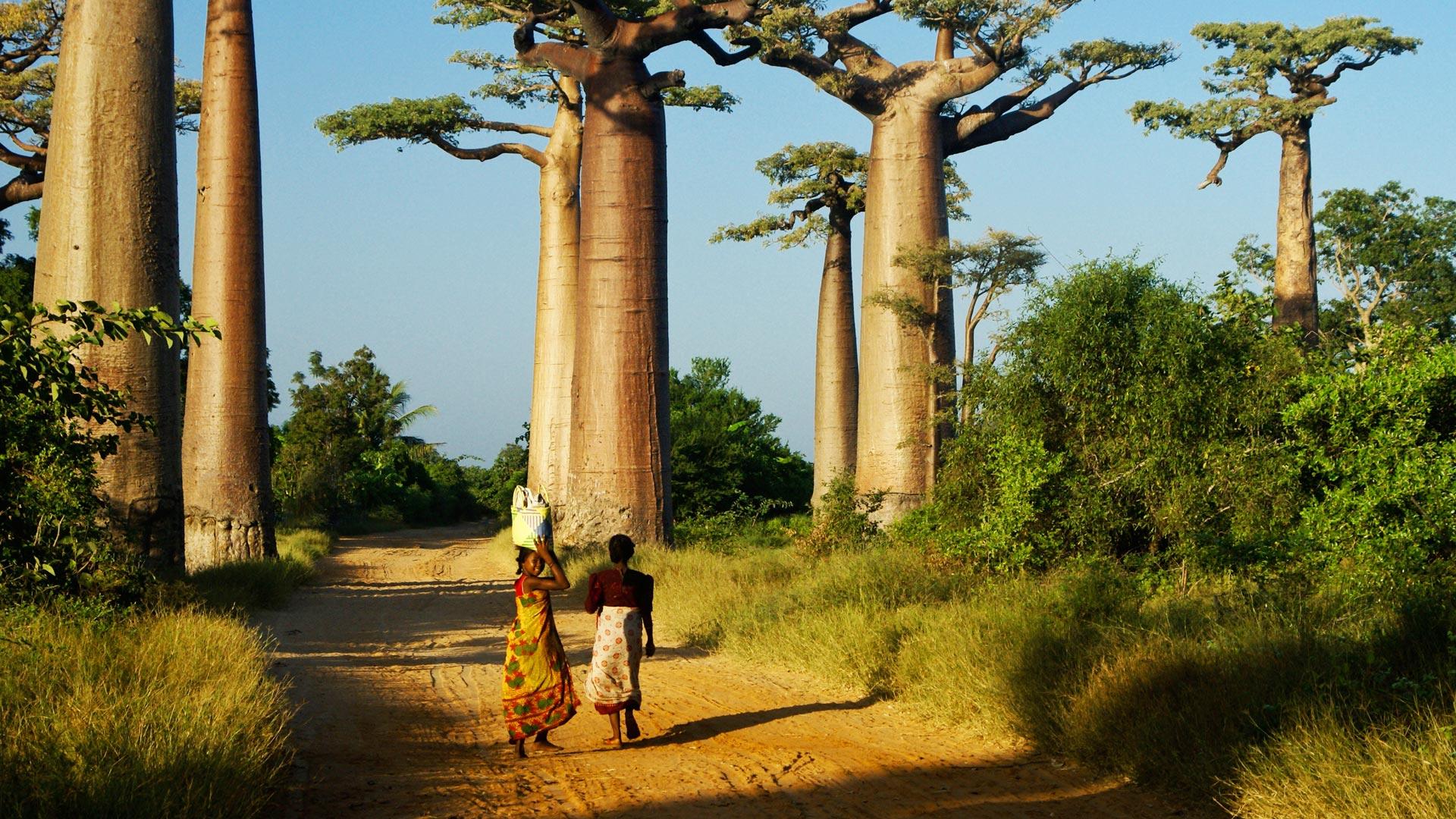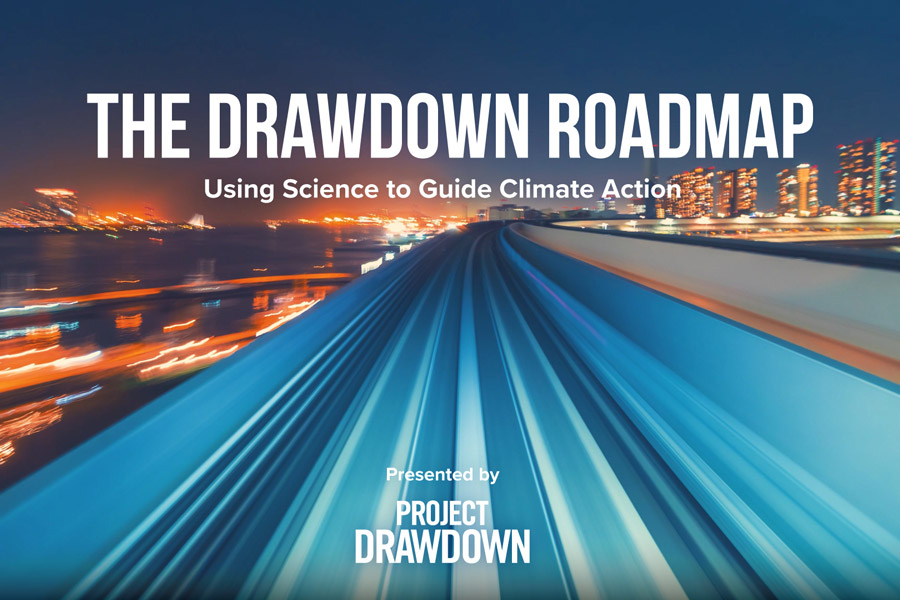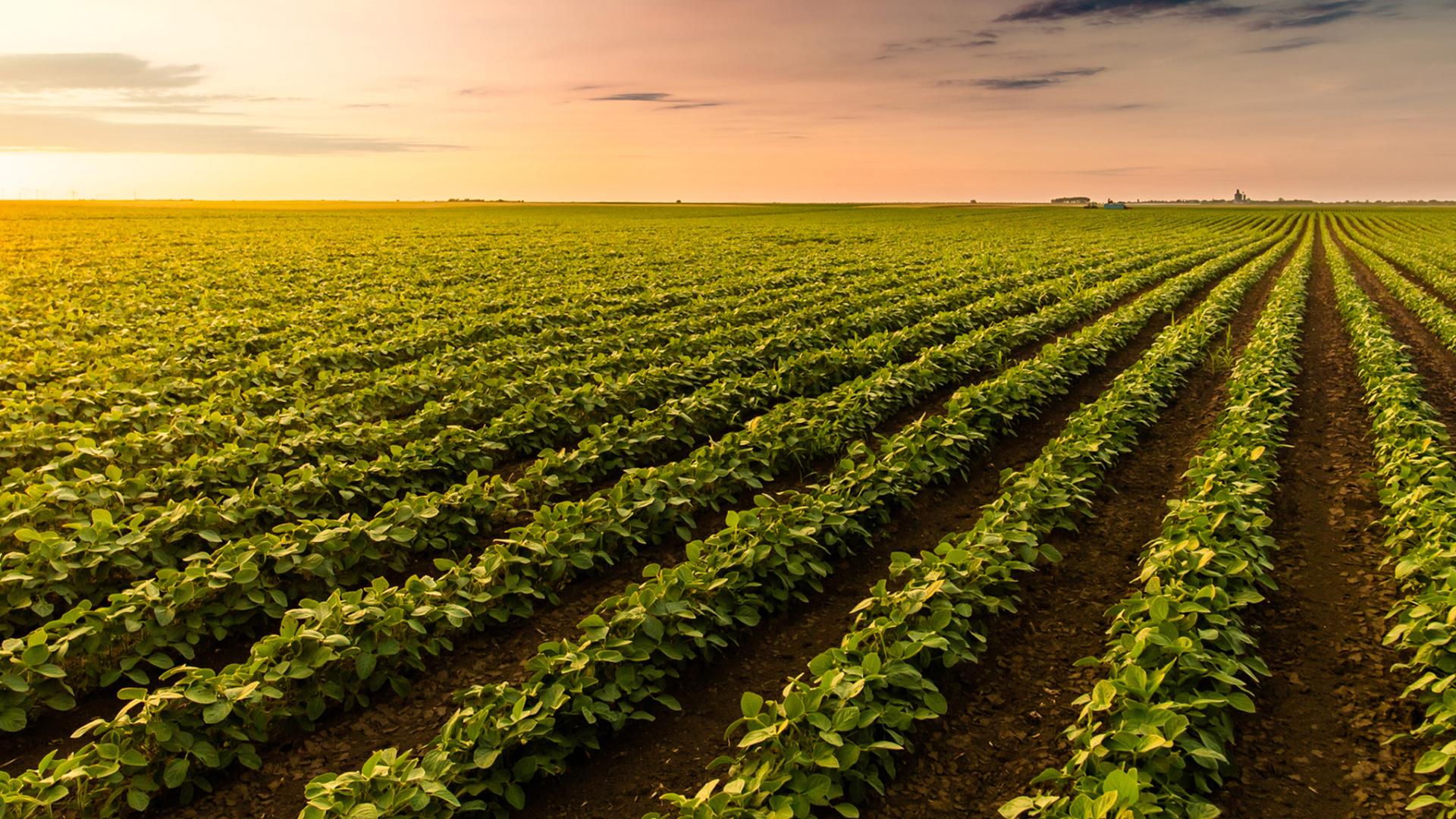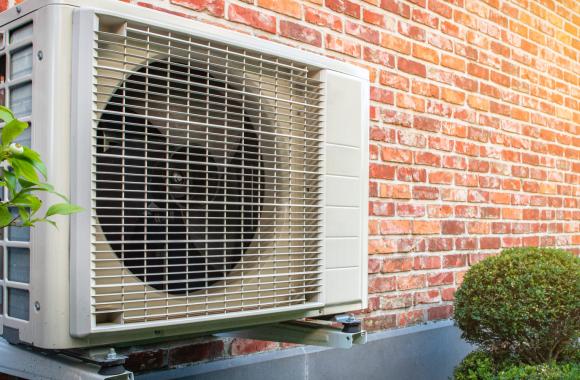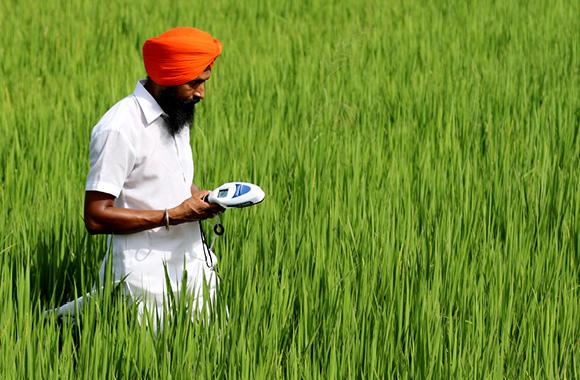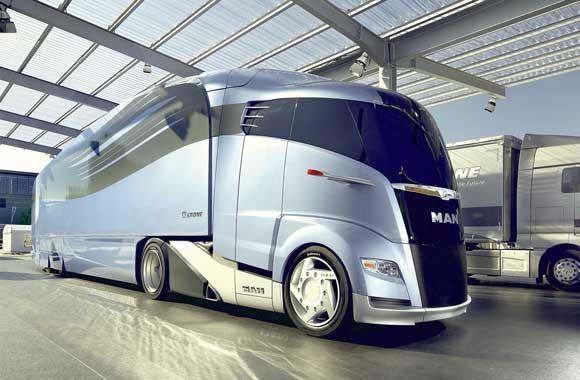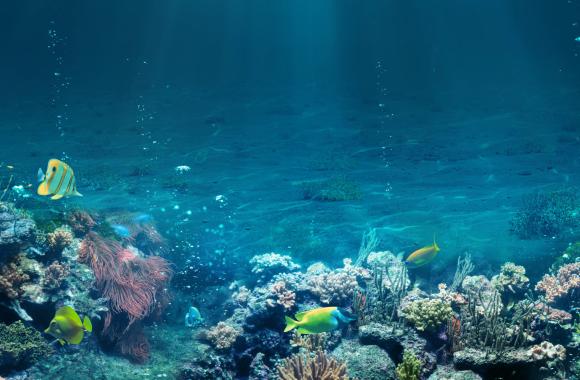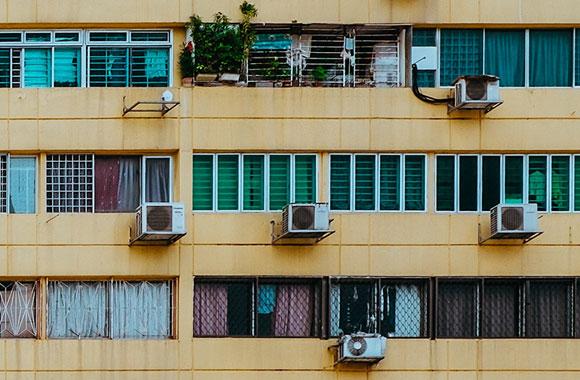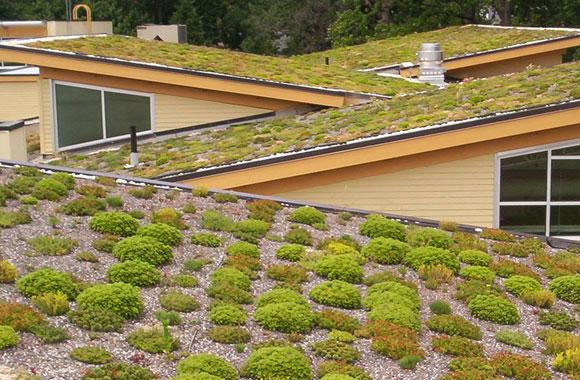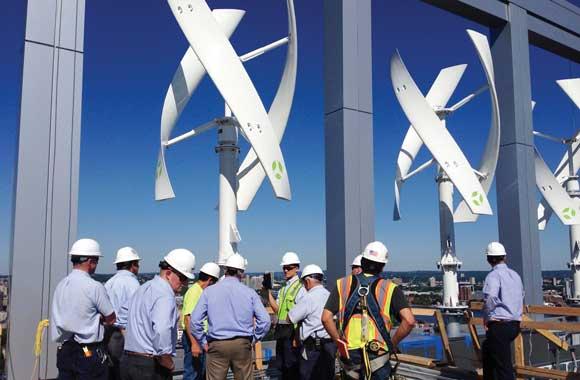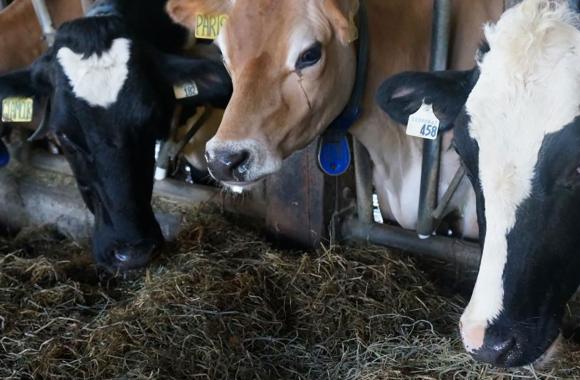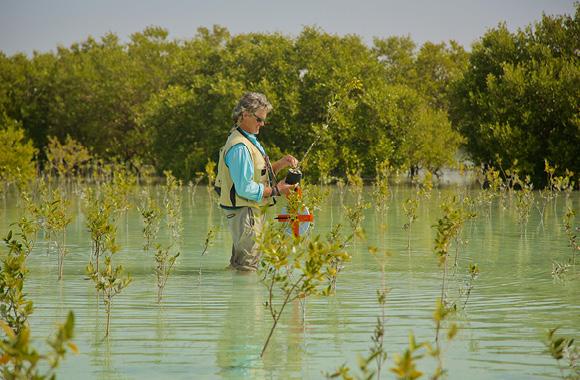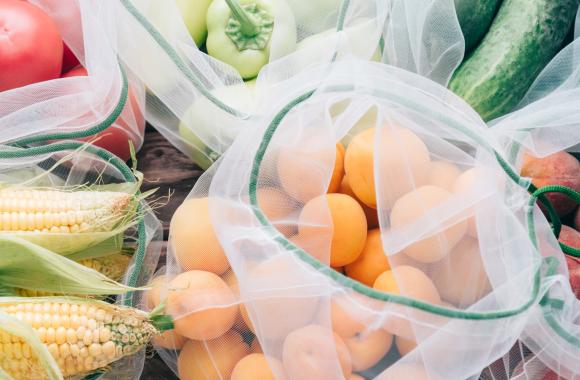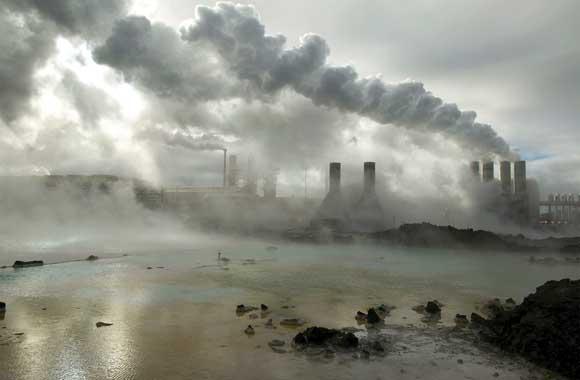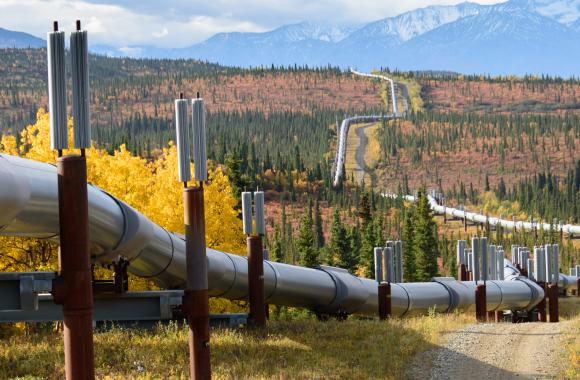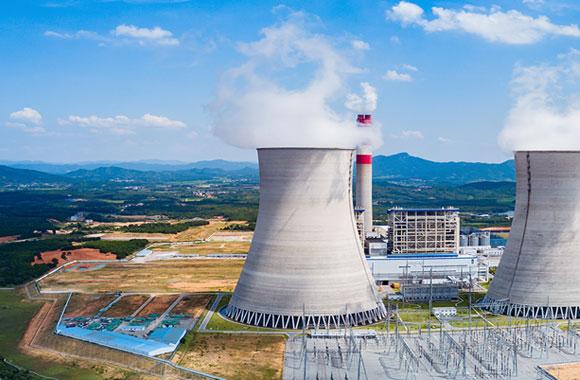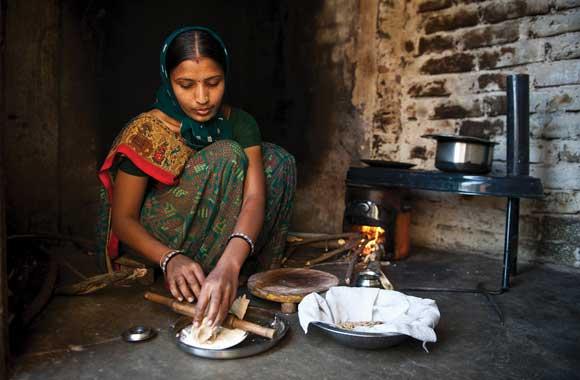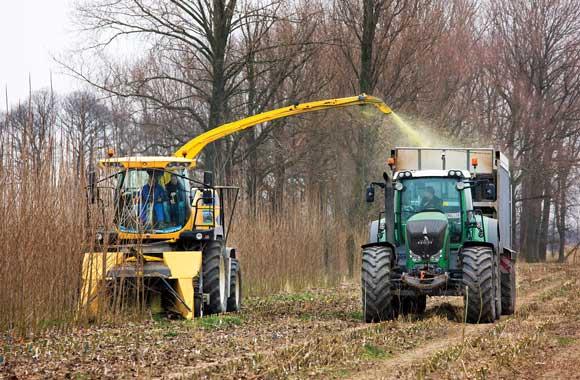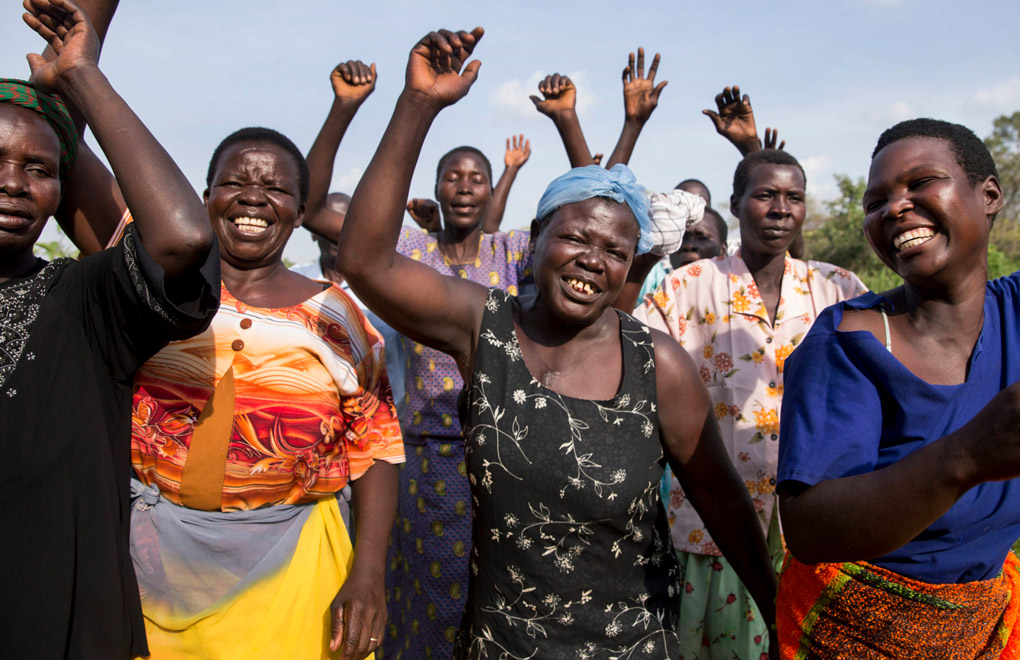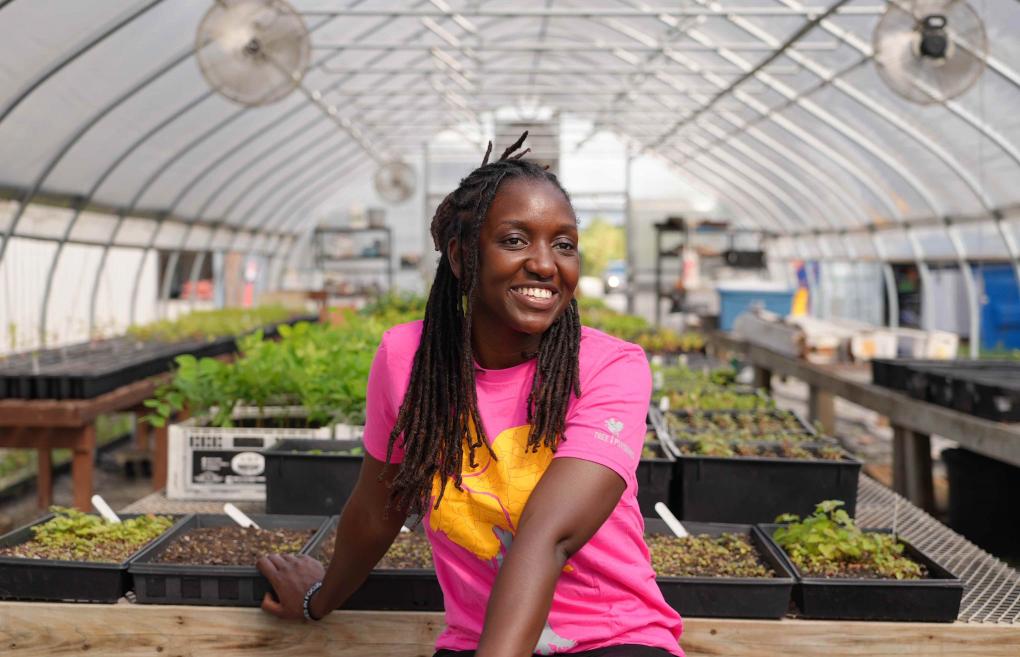Project Drawdown’s world-class network of scientists, researchers, and fellows has characterized a set of 93 technologies and practices that together can dramatically reduce concentrations of greenhouse gases in the atmosphere.
The World’s Leading Resource for Climate Solutions
Project Drawdown’s mission is to help the world stop climate change – as quickly, safely, and equitably as possible.
We do this by advancing effective, science-based climate solutions and strategies; fostering bold, new climate leadership; and promoting new climate narratives and new voices.
The Drawdown Roadmap
Presented by Project Drawdown, the Drawdown Roadmap is a science-based strategy for accelerating climate solutions across sectors, timescales, and geographies. Free and streaming now.
Programs
Upcoming Events
Working 9 to 5: How to Turn Your Job Into a Force for Climate Action
Thursday, April 25, 2024
12:00 PM Central Daylight Time (GMT-5)
Online
Aiyana Bodi, employee engagement lead at Project Drawdown, will explore how every employee in every job function has a role to play in stopping climate change
Free and open to the public
